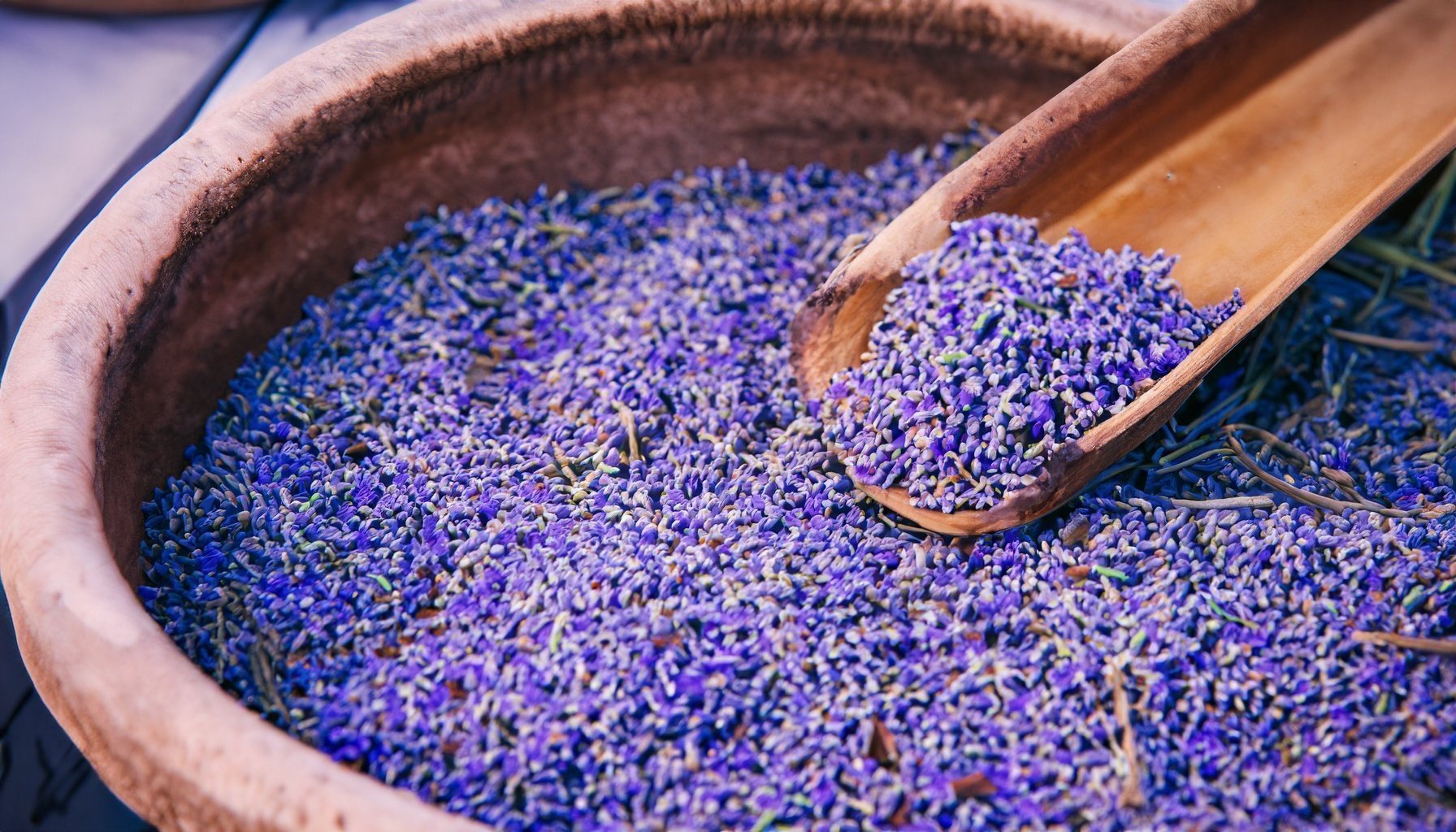
Lavender’s history as an aromatic plant has been significantly shaped by human cultivation and use. Here’s a general overview of the history of lavender as an aromatic.
Ancient Civilizations
- Egyptians: Lavender’s use dates back to ancient Egypt, where it was used in the mummification process. Lavender oil was also used for its aromatic properties.
- Romans and Greeks: They utilized lavender in baths, cooking, and as a fragrance. The word “lavender” is thought to be derived from the Latin “lavare,” meaning “to wash,” because the Romans often used it in their bathhouses.
Middle Ages
- Medicinal and aromatic uses: In medieval Europe, lavender was used as a remedy for various ailments, from insomnia and anxiety to skin and hair care. It was also used to freshen the air and linen.
Renaissance
- Plague: During the Renaissance, lavender was used as a protective measure against the plague. People believed that carrying a sachet of lavender or sniffing the fragrance would protect them from disease.
Modern Times
- Aromatherapy: In the 20th and 21st centuries, the use of lavender has exploded in the field of aromatherapy. Its calming, soothing fragrance is said to relieve anxiety, depression, and stress.
- Commercial cultivation: Lavender is now commercially grown around the world, particularly in France, Bulgaria, and the United States. The essential oil is extracted and used in a wide variety of products, including perfumes, soaps, and candles.
Environmental Impacts
- Cultivation: The widespread cultivation of lavender, particularly for essential oil production, has impacts on ecosystems. It can lead to a monoculture, where a single type of plant dominates the landscape, reducing biodiversity.
- Climate change: Lavender cultivation is also affected by climate change. Changes in temperature and precipitation patterns can impact the growth and quality of lavender, leading to changes in the aromatic and medicinal properties.
Sustainable Practices
- Organic farming: In response to environmental concerns, there has been a move towards more sustainable, organic farming practices. These practices avoid the use of chemicals and seek to maintain biodiversity and soil health.
- Local sourcing: There is a growing trend towards local sourcing of lavender to reduce the carbon footprint associated with transporting the product long distances.
In summary, the history of lavender as an aromatic is marked by its widespread use and cultivation by various civilizations over thousands of years. Its applications have evolved, and today there is an increasing focus on sustainable cultivation and use to mitigate environmental impacts.
See also: Why is Lavender Calming?, The Calming Benefits of Burning Lavender: A Fragrant Way to Promote Relaxation and Well-being
Written by Tony Bierman
Tony Bierman co-founded Candlecopia, a home fragrance company, in 2009. In addition to being a 15-year veteran of the home fragrance industry, Tony is also an author, an award-winning software developer, and an amateur photographer. In his spare time, you’ll find him hiking the woods of Roanoke Creek, with his camera and his dogs.

[…] Lavender – Soothing and aromatic, reminiscent of summer fields. […]
[…] Lavender – Renowned for its calming and soothing effects. […]
[…] Lavender – Calming and soothing, perfect for relaxation. […]
[…] Lavender: Native to the Mediterranean, it’s widely used in perfumery, cosmetics, and herbal medicine. […]
[…] See also: Why is Lavender Calming?, A History of Lavender […]
[…] also: A History of Lavender, The Calming Benefits of Burning Lavender: A Fragrant Way to Promote Relaxation and […]